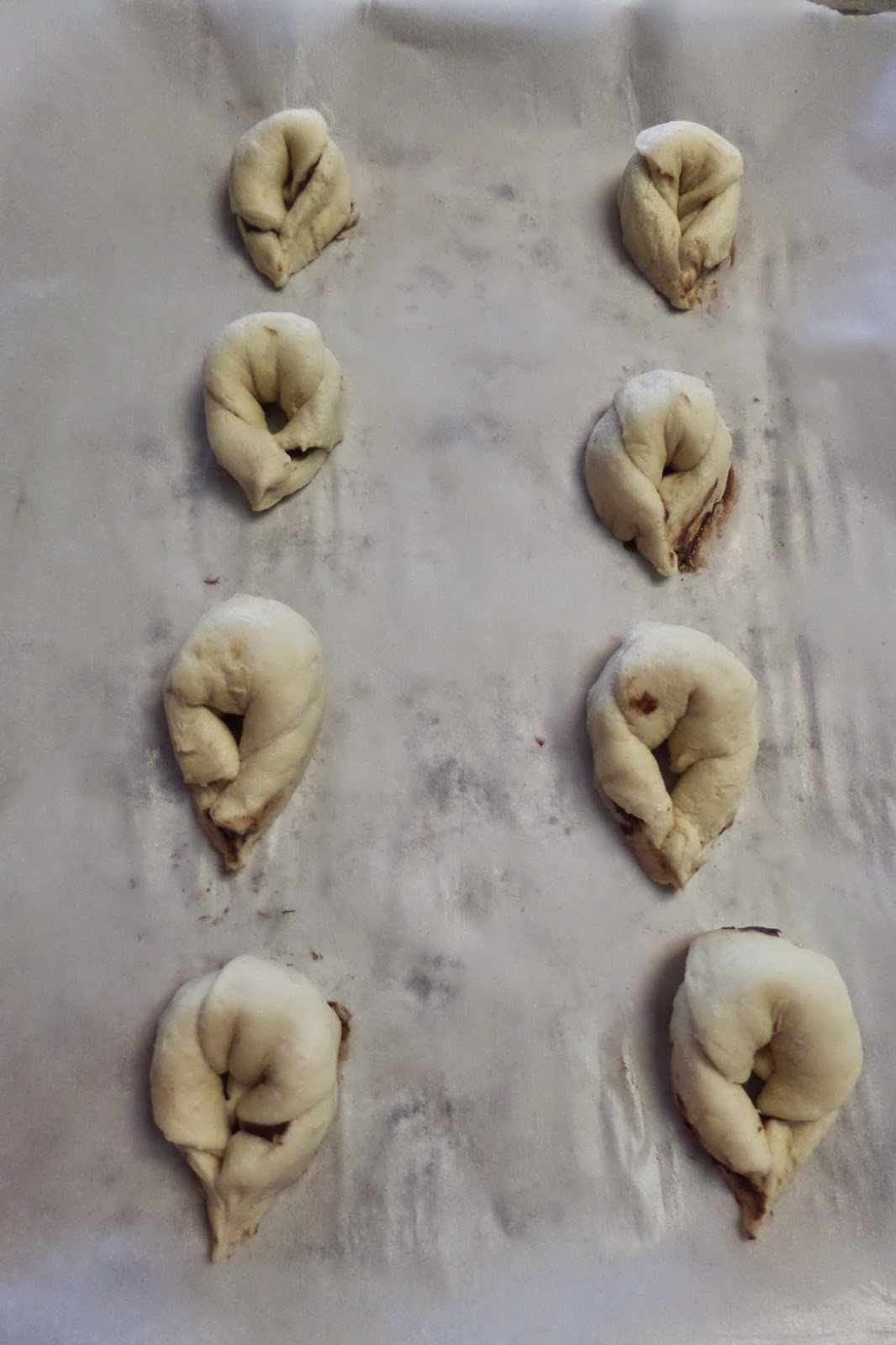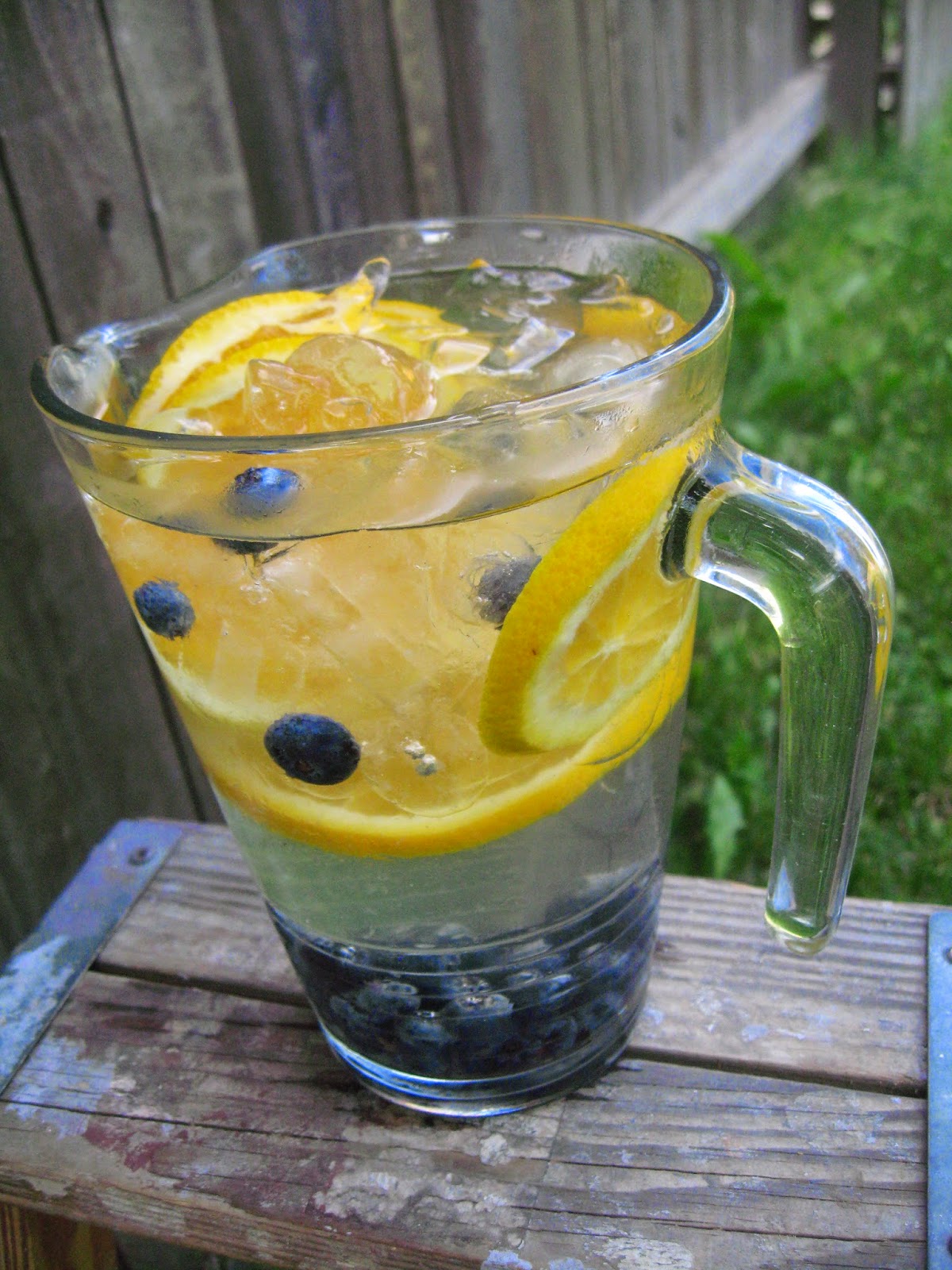Happy Feast of St. Monica!
St. Monica is the perfect model for perseverance. She never gave up prayers for her wayward son. (St. Augustine) Begging God for his conversion, she cried many tears. Legend says that a drain formed in the ground where her tears fell while she prayed for her son.
When she approached her local bishop to ask him to help win over her son to the faith, the Bishop consoled her by saying: "God's time will come. Go now, it is not possible that the son of so many tears should perish."
The good news is that Monica never gave up and her son's heart was turned away from his evil ways. Augustine later became know for his famous conversion and became "St." Augustine after his death, one of the greatest saints and doctors of the Catholic Church.
St. Monica's life was a message of hope. Her tears gave way to God's sweet grace and bountiful blessings!
These teardrop treats represent St. Monica's tears that were "sweetened" by the sweat of her prayers.
St. Monica's Tears
Easy 2 ingredients:
1.Crescent dough
2. Nutella/Hazelnut spread
Break apart crescent dough into triangles.
Spread a small amount (approx. 1-2 teaspoons) of Nutella or favorite spread on the top end of the triangle only. A little bit goes a long way...Otherwise the chocolate will leak all over!
Roll dough from the larger end down to the smaller end as if making a croissant. Then, fold the two ends inward to form the shape of a teardrop.
Pinch the ends together to increase the chances of holding the teardrop shape.
Here are before and after photos.
Remember that the dough will rise/puff up a little bit so try to elongate the ends as much as possible.
Enjoy the sweetness!
Intercede for us, dear St. Monica, example for Christian motherhood, hope, and perseverance!



















